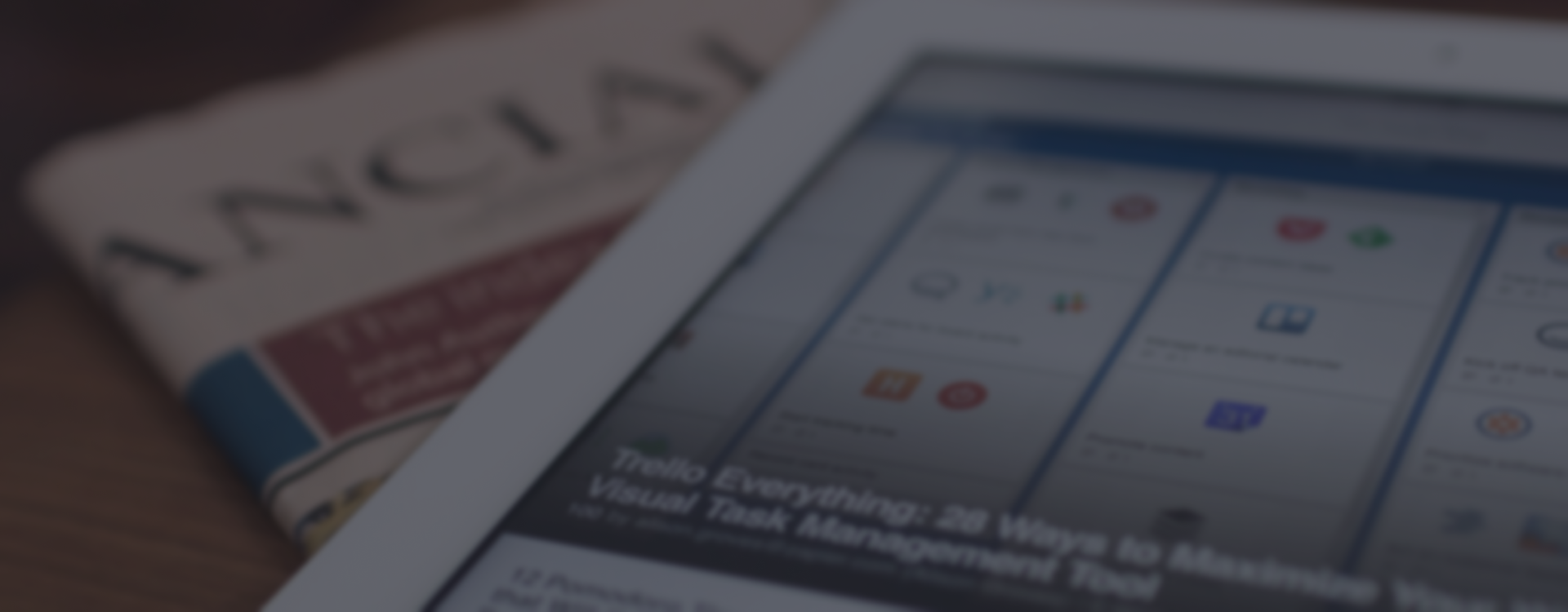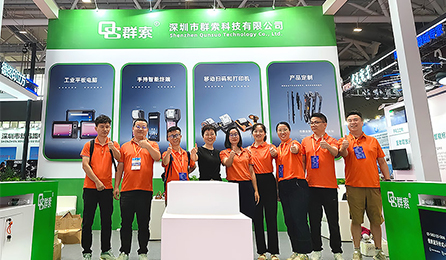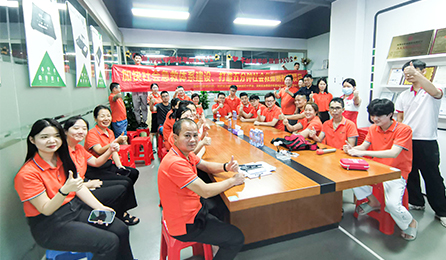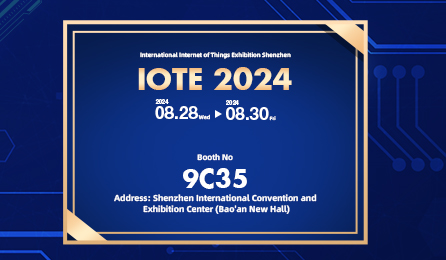In modern healthcare environments, hospitals need to cope with increasing patient flow as the number of visits continues to increase. Therefore, hospitals are in dire need of an efficient patient management system to improve the efficiency of medical staff in all aspects of their work. Medical PDA (Portable Data Assistant) is such a system, which relies on the multi-functional characteristics of handheld PDA terminals to significantly improve the operational efficiency of the healthcare system, and has become an indispensable tool in the execution of daily care tasks.
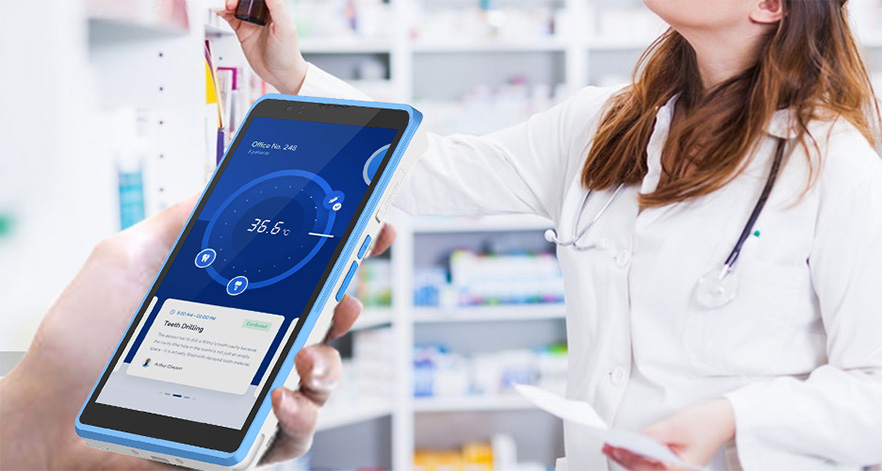
The following is a detailed procedure on how nurses can use a healthcare-specific PDA to collect patient data.
1. Patient identity verification
The nurse first uses the PDA to scan the patient's wristband tag to obtain basic information about the patient, including name, age, and medical record number. This step ensures that the object of each nursing operation is accurate, and avoids medical errors caused by information confusion.
2. Real-time data entry
Nurses can use PDA to enter patients' vital signs data in real time at the bedside, such as temperature, pulse, blood pressure, respiratory rate, etc. PDA's touch screen and easy input methods make data entry fast and efficient, while reducing the repetitive labor of handwriting records and then inputting them into the system.
3. Drug Management
With PDA, nurses can scan the barcode of medication to confirm the type, dosage and method of administration, and record the medication dispensed in the system. This not only improves the accuracy of drug dispensing, but also enables real-time updating of the patient's medication record, making it easy for doctors to access and adjust the treatment plan at any time.
4. Examination and Treatment Arrangement
Nurses can use PDAs to view and confirm patients' examination and treatment arrangements. For example, when a patient needs to undergo an imaging examination or laboratory tests, the nurse can check the appointment time and notes on the PDA, and make adjustments and confirmations according to the actual situation.
5. Data synchronization and sharing
PDAs synchronize data with the hospital's central database in real time via a wireless network, enabling doctors, nurses and other healthcare professionals to access the latest patient information at any time for effective communication and collaboration. In this way, the entire healthcare team can better coordinate their work and improve the overall efficiency of care.
6. Emergency handling
In an emergency, PDA can quickly obtain key information such as the patient's complete medical history and allergy history, helping nurses and doctors to quickly make the right medical decisions and improve the emergency response speed and handling capacity.
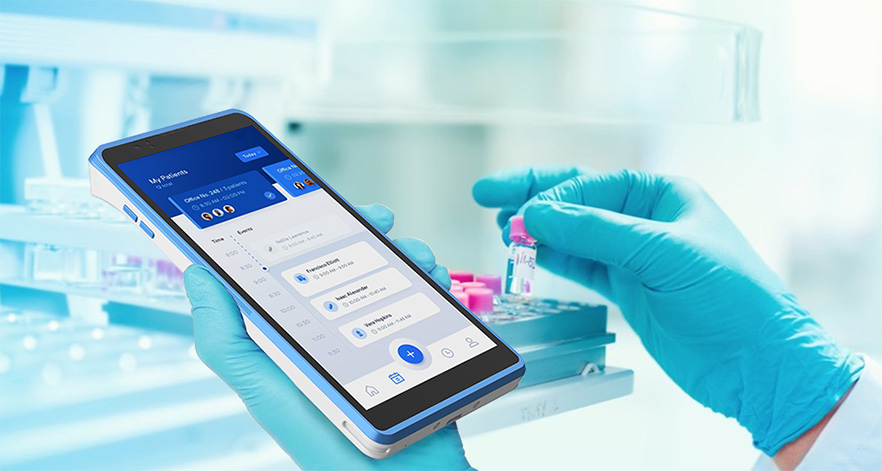
Multi-functional features of medical PDA:
Portability: small and lightweight, easy for medical staff to carry and use.
Data security: Ensure the security and privacy of patient information through encryption and permission management.
Multiple Input Methods: Support handwriting, touch, barcode scanning and other data input methods.
Long battery life: Long battery life to meet the needs of long-time continuous work.
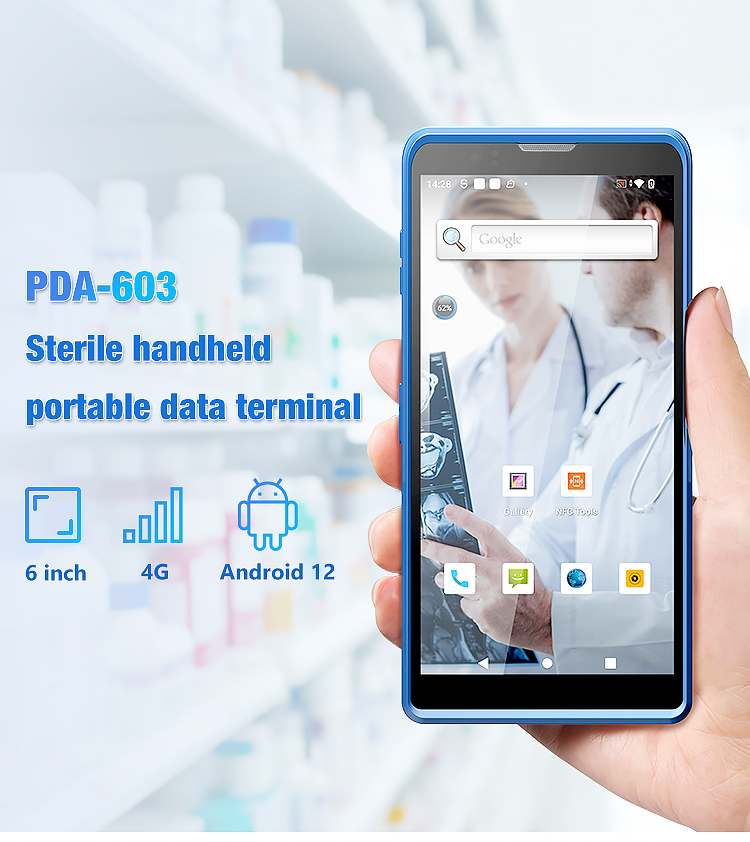
The use of medical PDAs has brought great convenience and efficiency gains to nurses in patient data collection and management. Through real-time data entry, medication management, examination scheduling and other functions, PDAs help healthcare professionals better serve patients and improve the overall operational efficiency of hospitals. In the future, as technology continues to advance, medical PDAs will play a more important role in the medical field, bringing more innovation and improvement to the modern medical environment.
 PDA-405
PDA-405
 PDA-601 (H)
PDA-601 (H)
 PDA-601
PDA-601
 PDA-602
PDA-602
 PDA-5502
PDA-5502
 PDA-5501/4G
PDA-5501/4G
 PDA-5501/3G
PDA-5501/3G
 PDA -3505
PDA -3505
 PDA-3505(U)
PDA-3505(U)
 PDA-401
PDA-401
 PDA-408
PDA-408
 PDA-603
PDA-603






















